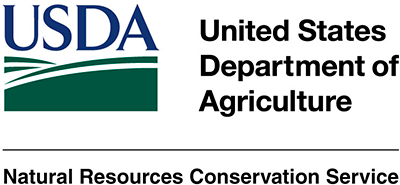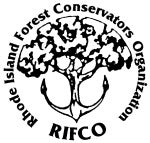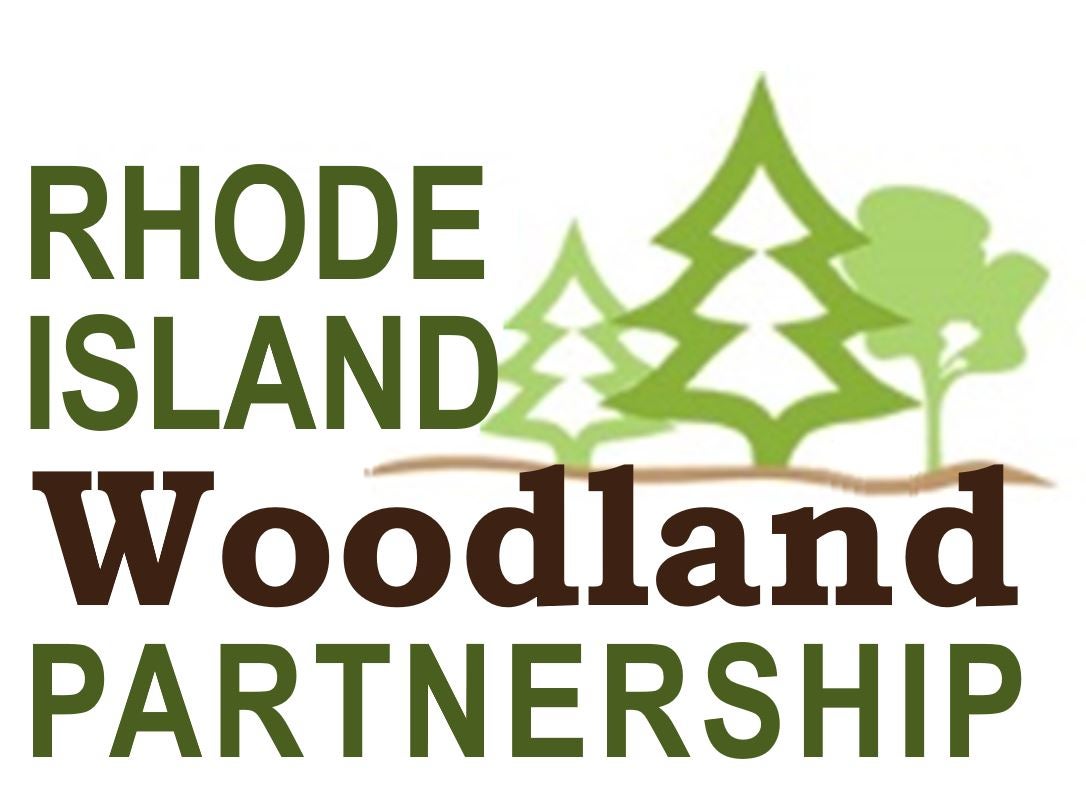One of the most exciting things about being in the woods is the chance to see wildlife. If this is something that interests you, there are a number of things you can do to improve the wildlife habitat in your woods.
The first thing you want to consider when working for wildlife habitat is the surrounding landscape because many species benefit from large unregimented habitats. You can use aerial photography to assess the important land cover types in your neighborhood, which will help you decide what type of wildlife habitat you should try to enhance. Collaborating with your neighbors can also help you develop a more effective wildlife management plan.
Wildlife requires four main habitat components: food, water, cover, and space. When narrowing in on specific species, you will find that each animal has specific requirements in these categories, which can be manipulated in their favor (See Wildlife Species). Generally in a forest setting, a diverse landscape of living, dead, and down trees will provide a great dynamic of habitat components for many different species. For example, a predominantly closed canopy will support interior-nesting birds while nearby gap openings provide tree regeneration as cover and nesting habitat.
If you are interested in creating habitat for American Woodcock and other birds that require young forest habitat, see the attached Young Forest Initiative briefing paper.
Managing for wildlife habitat can be combined with traditional forest management as well. A complex age structure supports many species, but also provides continual opportunities for harvests, as different parts of the forest are at different levels of maturity. See Wood Products to learn more about common timber management methods in Rhode Island.
For further information about wildlife in Rhode Island and how to enhance wildlife habitat, visit Fact Sheet 7. For information about planting native plant species that are good food sources for birds, see Food Sources for Migratory Song Birds. For information on what you can do in your backyard, see Creating a Wildlife Habitat in Your Backyard. For more information on woodland bird management, see Vermont Audubon’s Foresters for the Birds.






